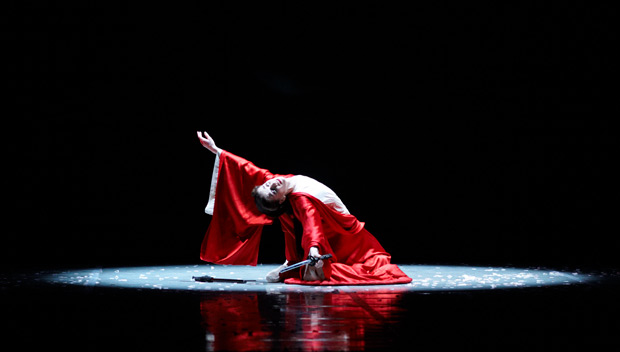
© Merlin Hendy. (Click image for larger version)
Northern Ballet
Perpetuum Mobile, Madame Butterfly
London, Richmond Theatre
9 June 2015
northernballet.com
Gallery of pictures (Gillespie/Torres cast) by Dave Morgan
David Nixon, Northern Ballet’s artistic director, is enticing audiences around the country with a programme that couples a compact version of his popular story ballet, Madame Butterfly, with a display piece of pure dance, Christopher Hampson’s Perpetuum Mobile, from 1997. Music by Bach and Puccini (adapted from his opera) is played by NB’s orchestra, conducted by Nathan Fifield, so no compromise is made on tour with recorded music.
Bach’s Violin Concerto in E major sets the dancers racing in Perpetuum Mobile, in which they had to cope with Richmond Theatre’s small, raked stage. In this early piece as a choreographer, Hampson was evidently fascinated by backs, requiring dancers to twist and torque their upper body in costumes that draw attention to their spines. The cast of nine spiralled, spun and bounded fearlessly, with just one hazardous slip.
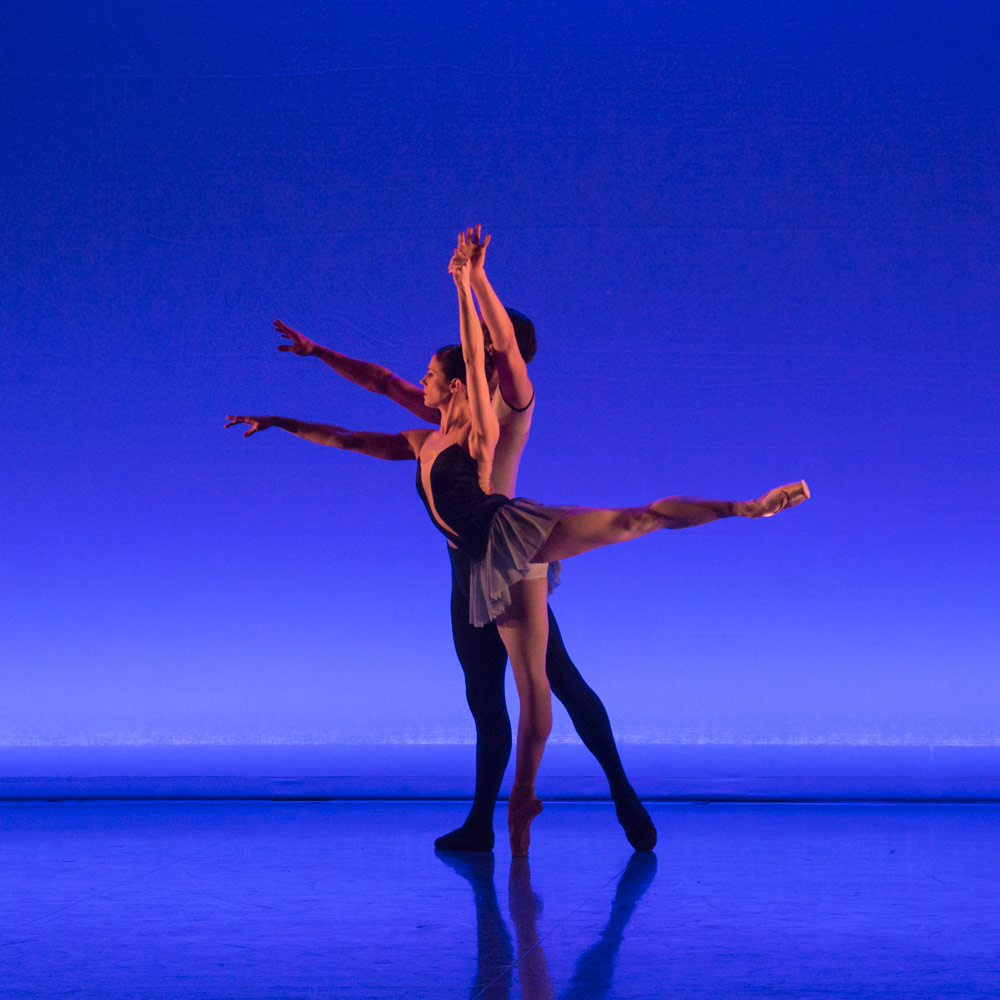
© Lauren Godfrey. (Click image for larger version)
After a brief pause, Madame Butterfly’s first act opens with the heroine, Cho-Cho-San (Butterfly), performing a solo geisha’s dance, watched by three American sailors. Because the story, based on the play that inspired Puccini’s opera, has been compressed for touring, poor Butterfly appears to be an exotic nightclub dancer being ruthlessly pimped to a rich punter. We have to take it as given that she’s a pure-hearted samurai’s daughter, fallen on hard times and obliged to wed a Western navy officer, for his convenience.
It is an unpleasant story, albeit prettified by taking place in a fantasy of 19th century Japan, complete with cherry blossom and traditional costumes. Nixon’s ballet has a new, simplified set: a doorway to a teahouse that is also Butterfly’s dwelling, and suspended panels with paintings of Japanese figures. Pippa Moore as Butterfly makes clear from the start her distress at being sold into marriage with Pinkerton (Kelley McKinley, guesting from Alberta Ballet in Canada).
She is won round in a long duet with him, during which her feelings change from shy apprehension into trust, love and sexual awakening. The choreography blends balletic ‘Japanese’ gestures (hiding the face, knees bent, feet flexed) with Juliet-style abandon in lifts and arabesques. Tiny Moore, initially reserved, looks genuinely swept away by tall McKinley’s handsome partnering, as Puccini’s love duet soars in John Longstaff’s orchestration.
Nixon has created substantial roles for supporting characters: Goro, the marriage-broker (Matthew Koon), greedily comical in flaring red trousers; Pinkerton’s mates (Kevin Poeung and Sean Bates) as Jerry Robbins-type sailors on the town; Sharpless, the sympathetic American consul (dignified Ashley Dixon). Strongest of all is Suzuki, Butterfly’s maid and confidante (Luisa Rocco), who comes into her own in the second act.
Her awareness of Butterfly’s misplaced trust in Pinkerton’s return to Japan is very moving, even as she accepts her subservient position. Rocco’s stillness, recognising the inevitable tragedy, is contrasted with Moore’s optimistic defiance. The role of Kate, Pinkerton’s American wife (Lucia Solari), loses out in this reduced version, which gives her no chance to establish herself before she snatches Butterfly’s infant son – a poignant small person in a sailor hat.
The heartbreak of Butterfly’s suicide is dissipated (in my opinion) by protracting it into an invented ritual. Recorded Kabuki music and chanting follows Puccini’s lament as Cho-Cho-San, in a red robe, brandishes her father’s samurai sword in a series of balletic martial arts moves before committing hara-kiri. Less is more, in Kabuki as in Noh theatre.
None the less, Madame Butterfly is one of Nixon’s most effective narrative productions, combining japonaiserie with classical ballet conventions. By alternating company members in the roles, he gives dancers, young or experienced, a chance to prove themselves as actors as well as technicians. And audiences do enjoy a well-told story.







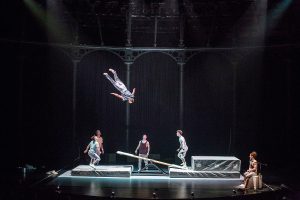




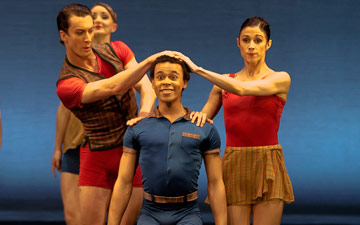
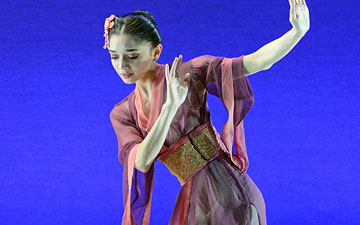

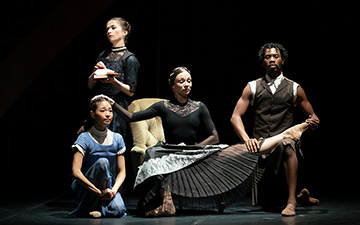
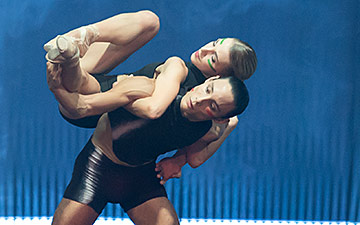
You must be logged in to post a comment.